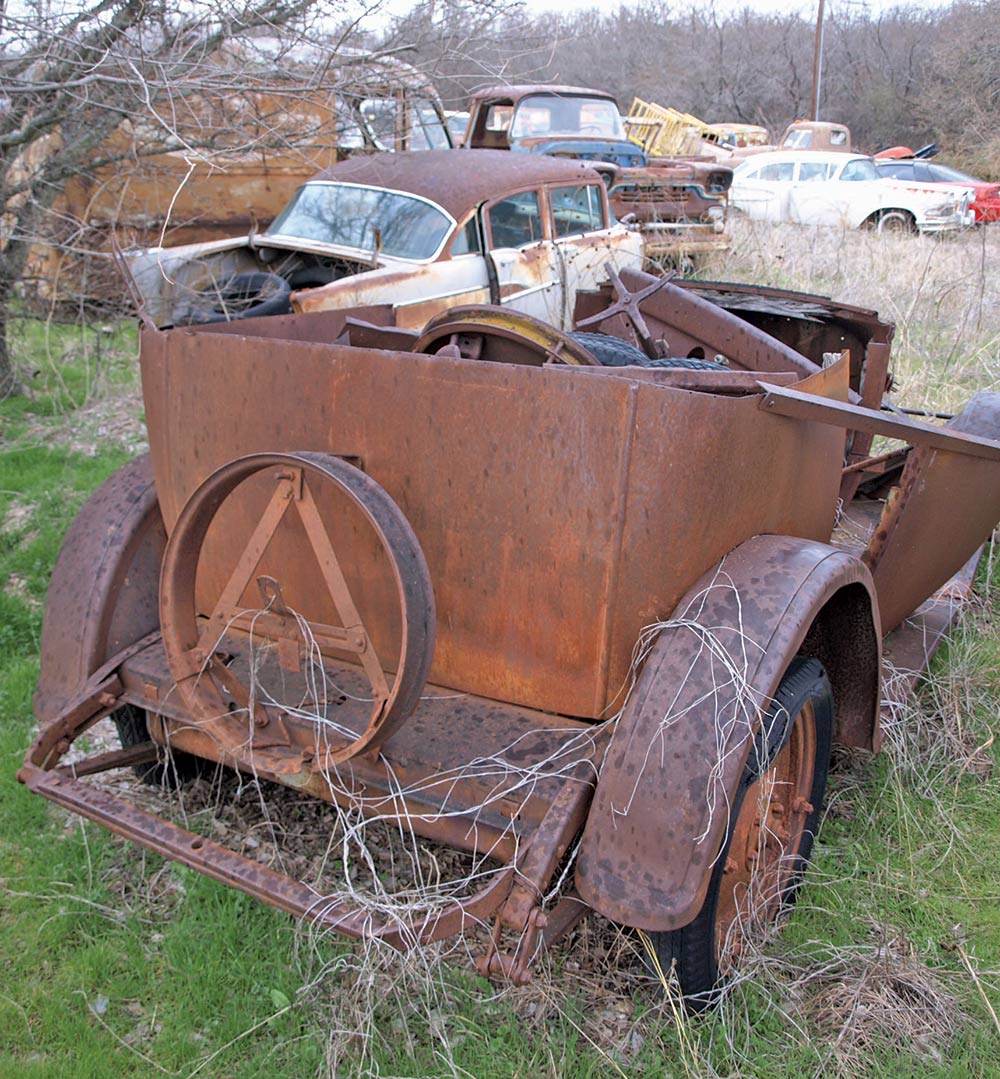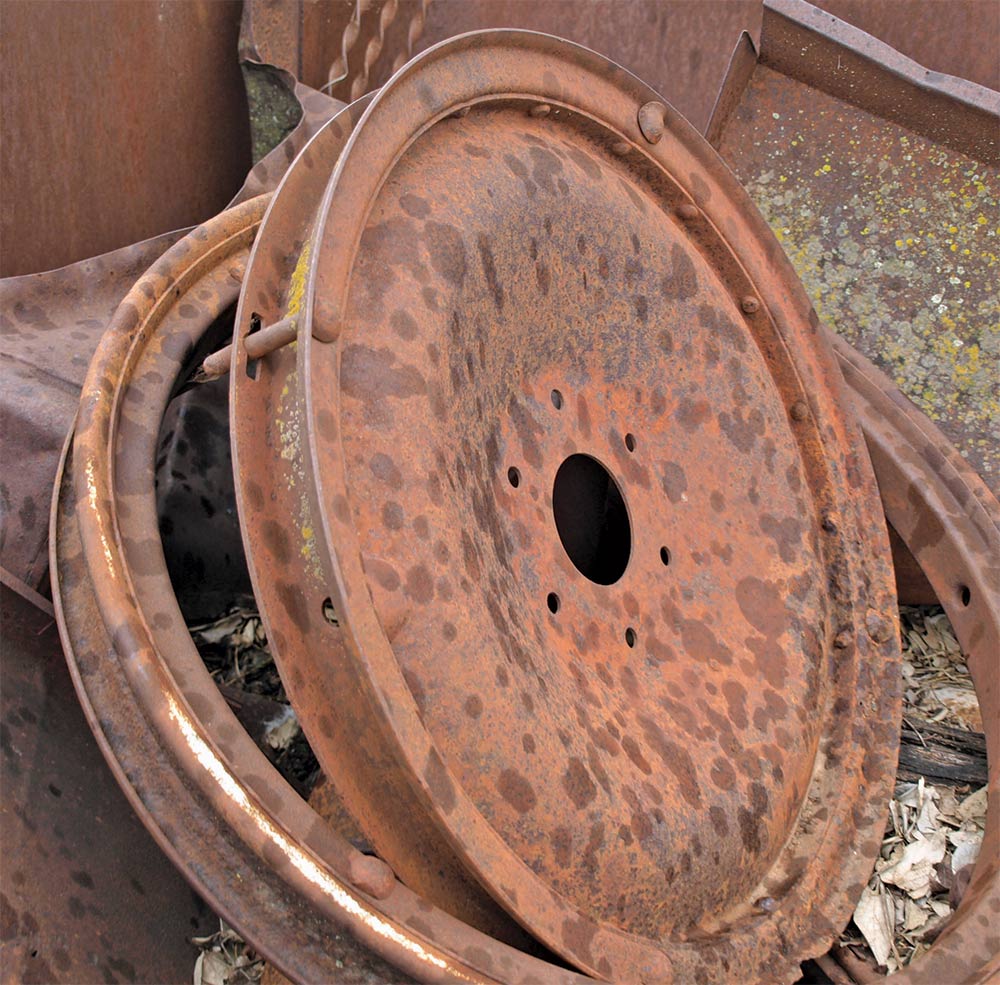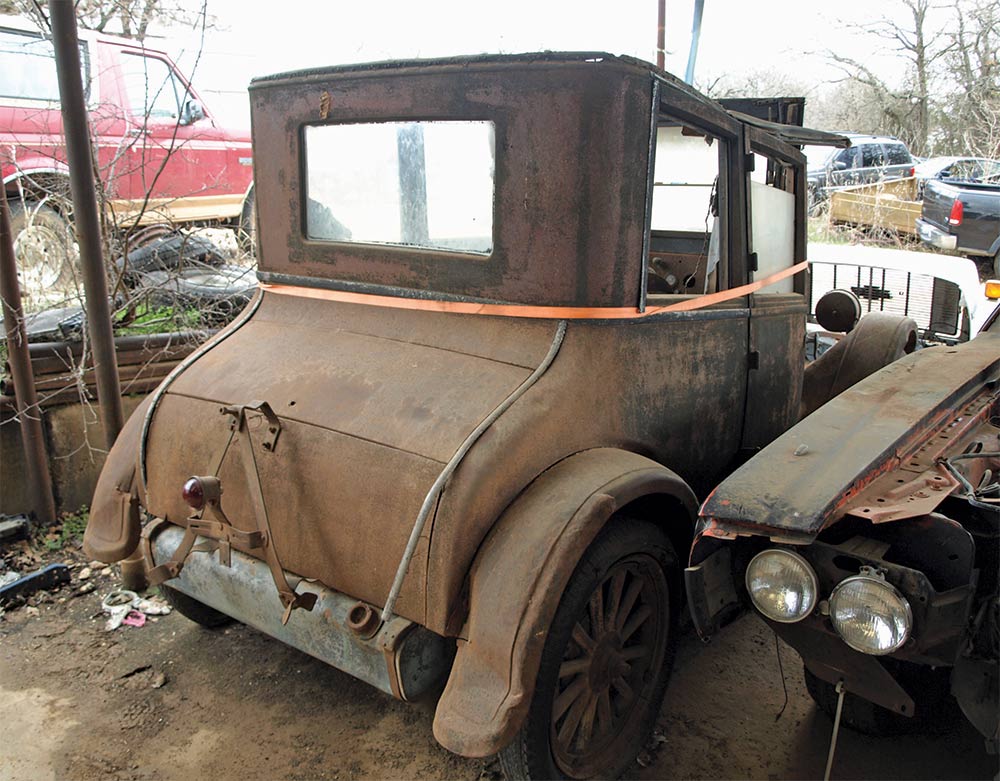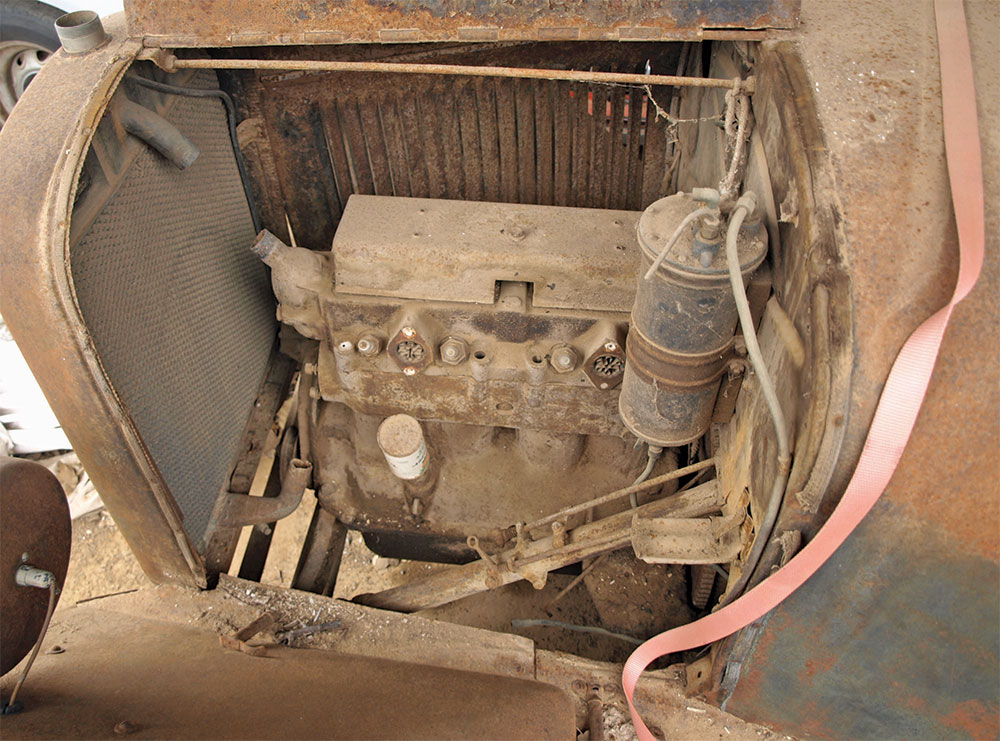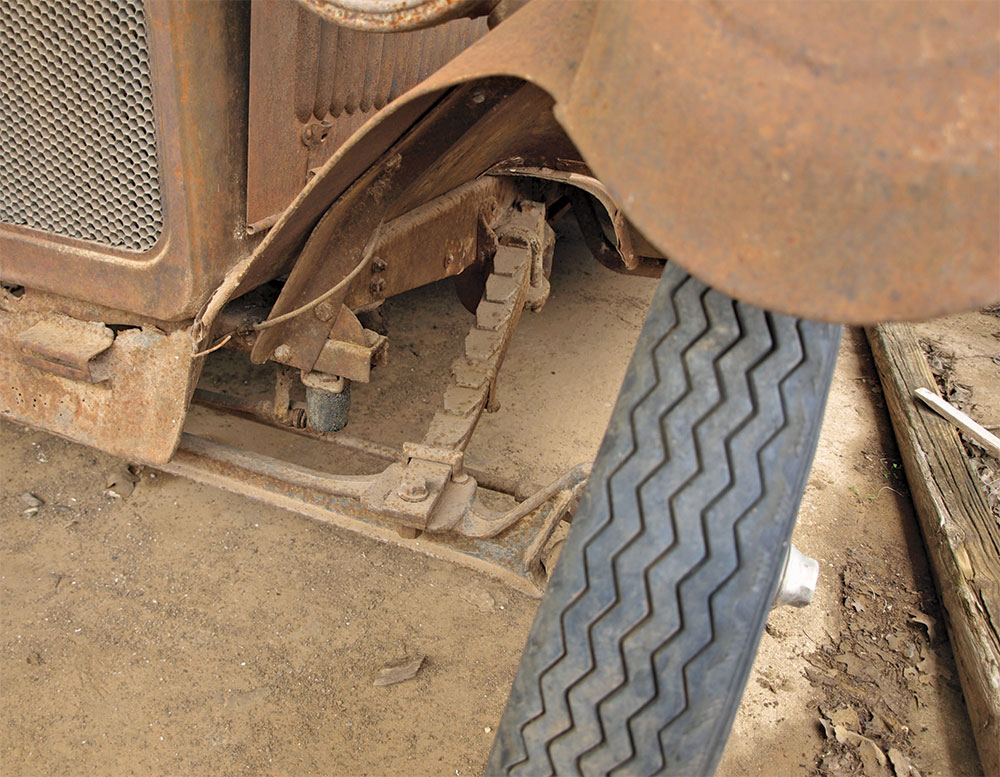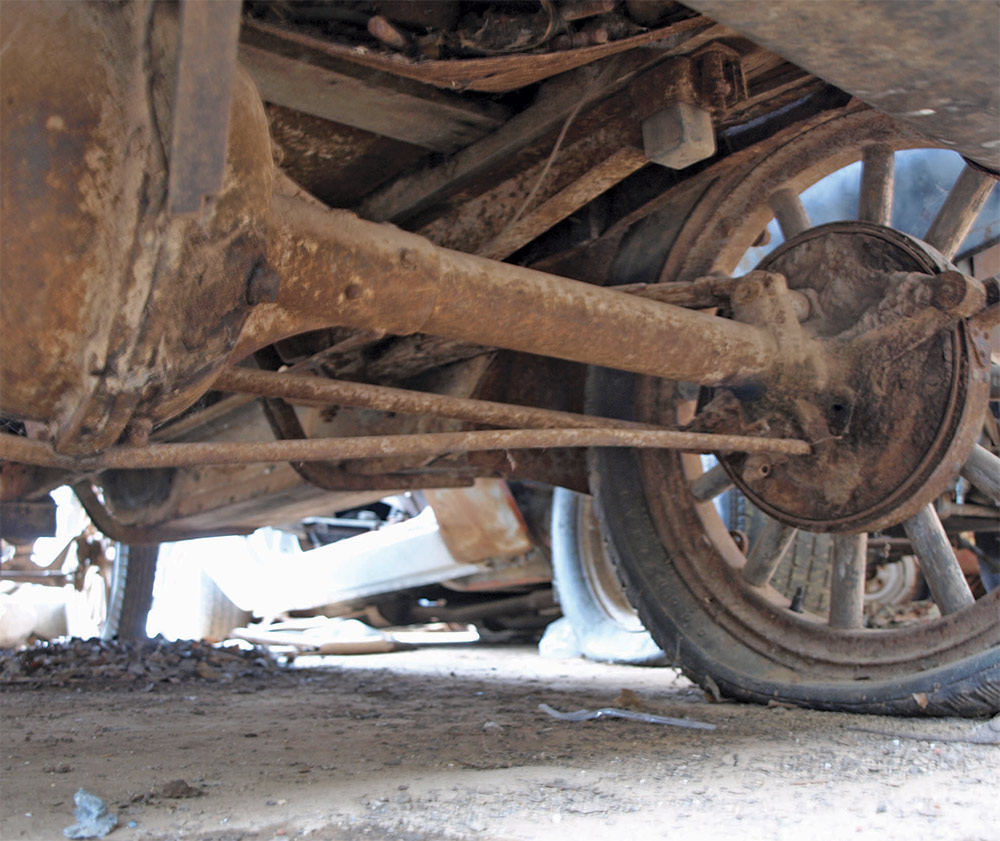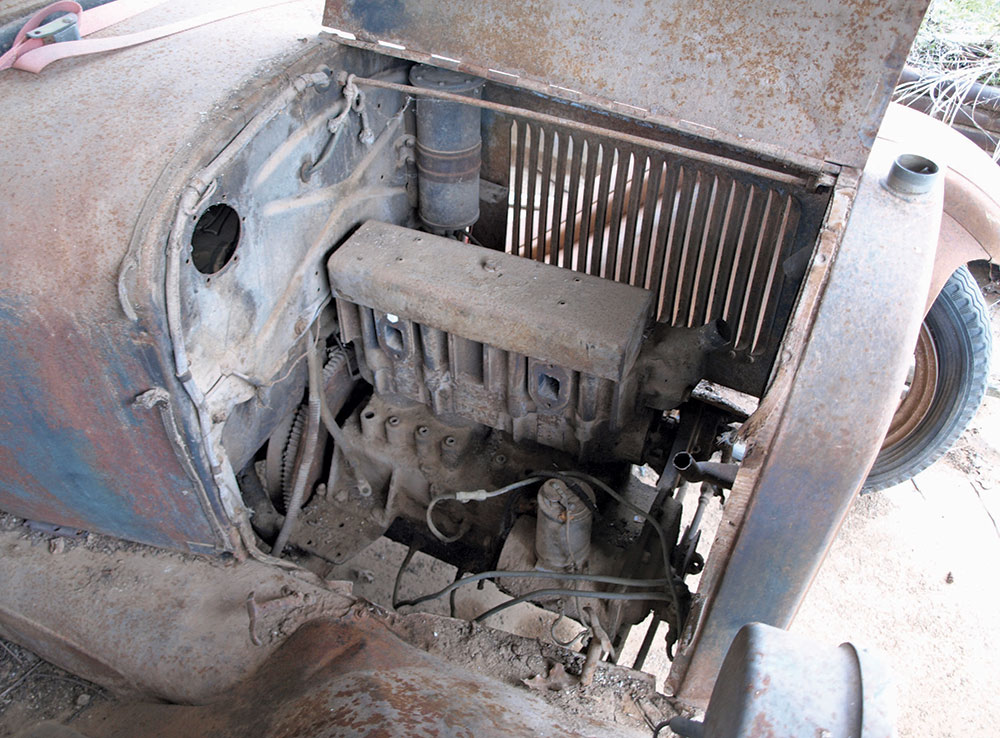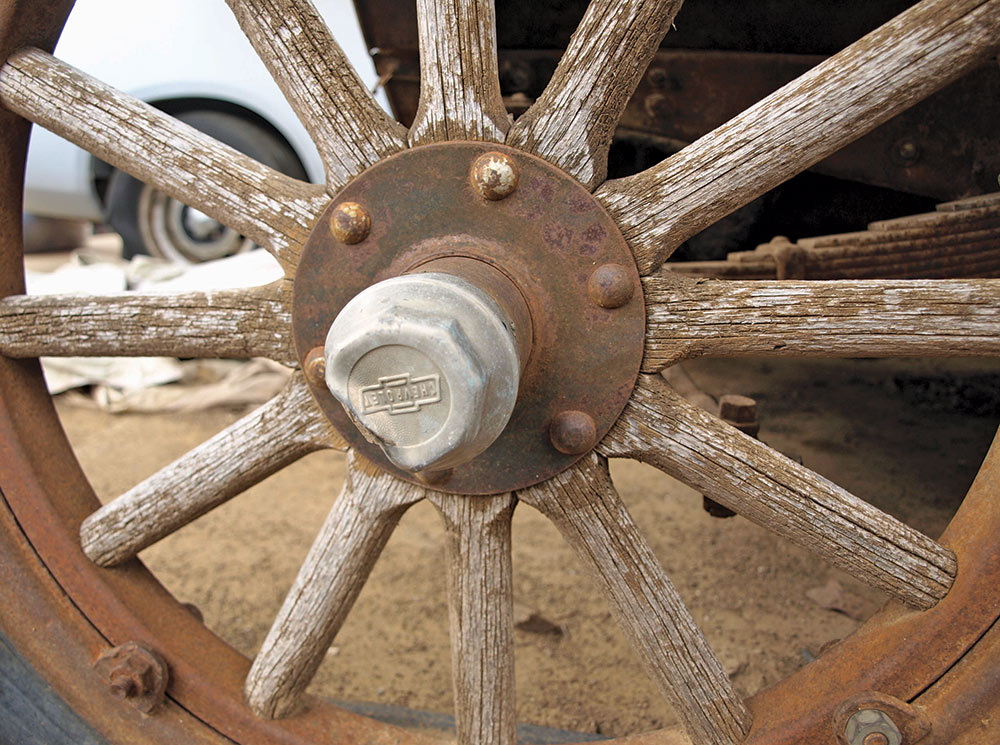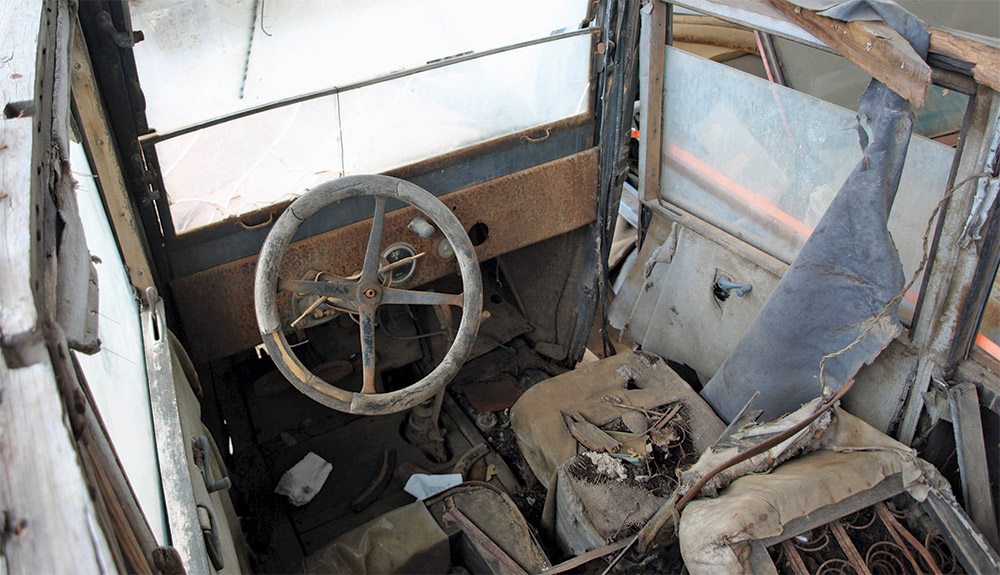 Bowtie Boneyard
Bowtie Boneyard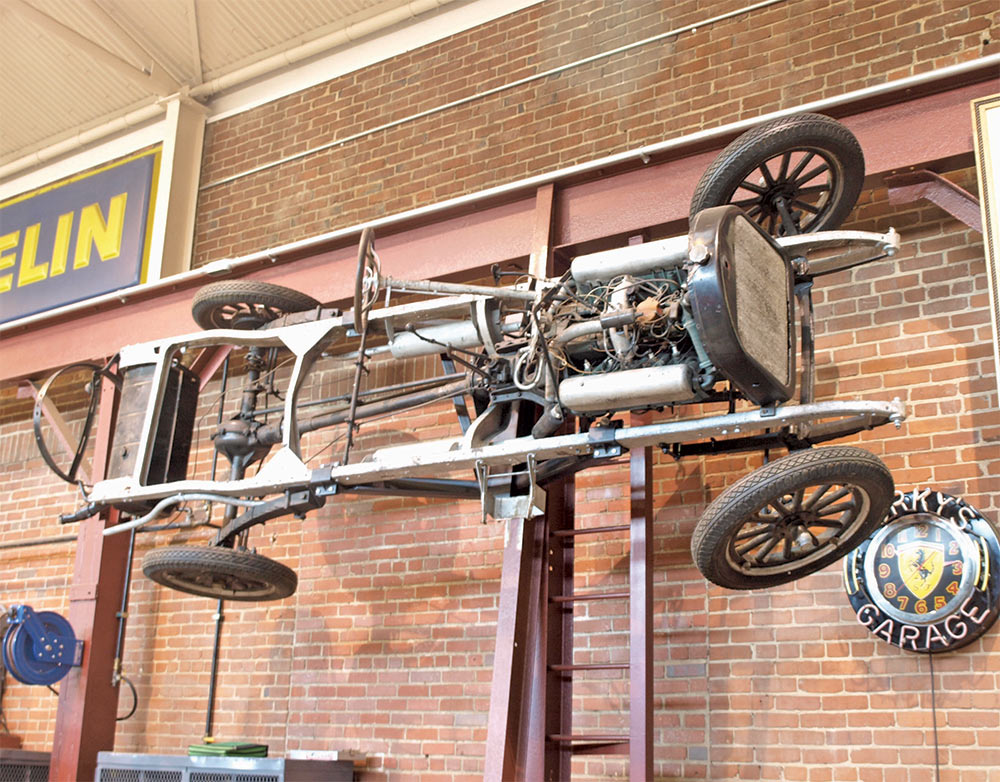
 Photography by The Author
Photography by The Authorhe year 1929 was a big one for Chevrolet. That’s when the 194ci overhead valve (OHV) six-cylinder engine arrived as standard equipment in all Chevrolet passenger cars. This new six was just about as big a piece of news for Chevrolet–and its customers—as the small-block V-8 of 1955. Chevrolet marketed the new engine as “a Six at the price of a Four,” instantly rendering Ford’s existing flathead four obsolete. Better still, even though the 194-cube Chevy OHV six was 6 ci smaller than Ford’s 200-cube four-banger, it was 6hp stronger (46 hp versus Ford’s 40 hp).
Oddly, Chevrolet didn’t assign a spiffy, whizbang marketing name to the 194 six until 1934 when a revised cylinder head with canted exhaust valves and modified burn characteristics earned it the official title: Blue Flame Six. But among the general public, the rather generic-looking pan head fasteners securing the camshaft cover plate to the side of the engine block earned the title “Stovebolt Six.” These “Stovebolt Sixes” became so prevalent in the following decades that Chevrolets became known generically as “Stovebolts” among those of us with greasy fingernails, a term used well into the ’70s.
Henry Ford didn’t sit still and famously quipped, “If it’s cylinders they want, we’ll give them cylinders.” After a few years of development, 1932 brought the legendary Ford flathead V-8 with 221 cubes and a full 65 hp. The horsepower race was on. By 1937, the second-generation “Stovebolt Six” was making 85 hp from its 216.5 ci—the same 85 hp was also produced by Ford’s 221-cube flathead V-8 that year.
But what about those Chevys built before 1929? That’s where this month’s installment of Bowtie Boneyard comes into play. Here, let’s explore some of the unsung Chevrolet four and V-8– (yes, V-8!) powered models from the era before the arrival of the “Stovebolt Six.”
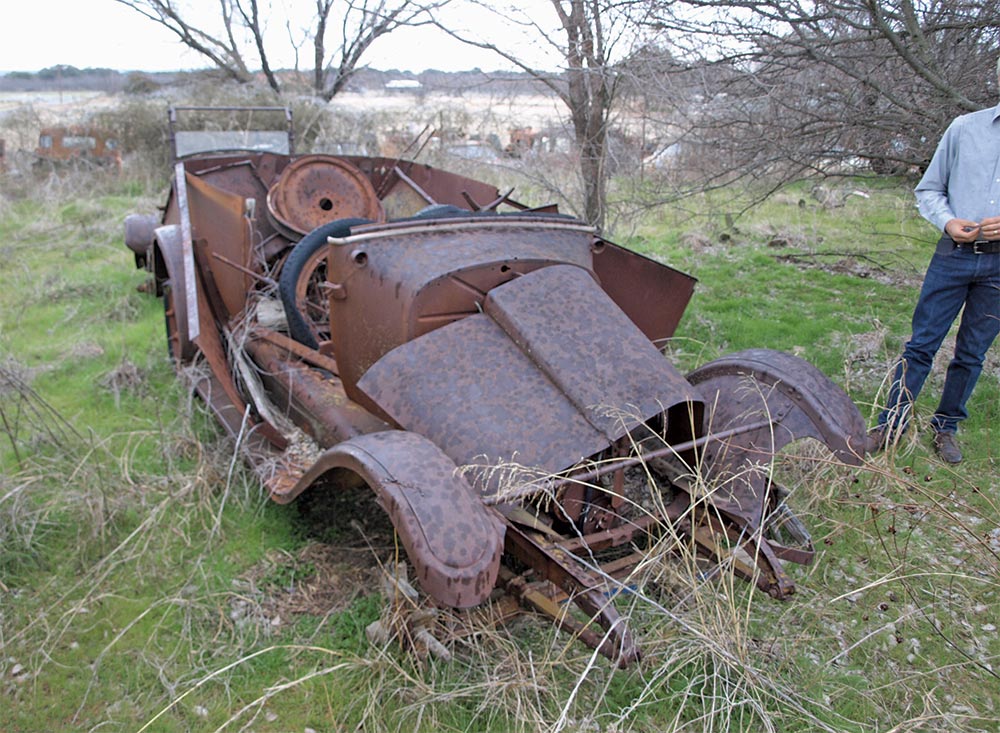

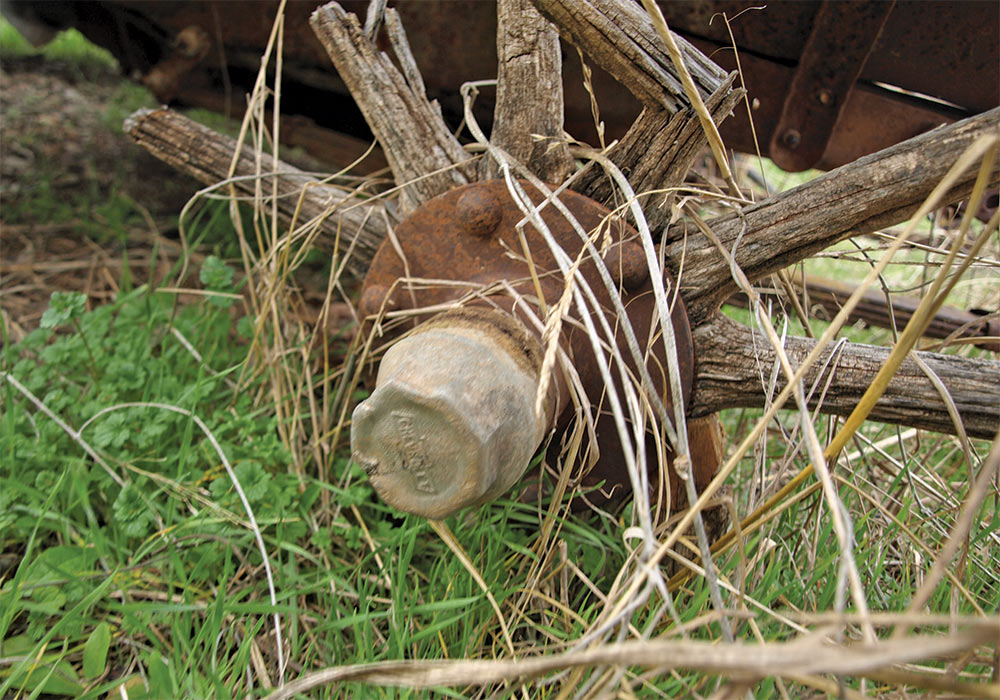
![]() A century before today’s carbon-fiber, magnesium, aluminum, and steel wheel, wooden spokes got the job done. Note the formed aluminum grease cap embossed with the Chevrolet logo. Thanks to the underdeveloped roads of the day, speeds were low enough and no front brakes were installed until 1928 when four-wheel brakes were standardized on all Chevrolets.
A century before today’s carbon-fiber, magnesium, aluminum, and steel wheel, wooden spokes got the job done. Note the formed aluminum grease cap embossed with the Chevrolet logo. Thanks to the underdeveloped roads of the day, speeds were low enough and no front brakes were installed until 1928 when four-wheel brakes were standardized on all Chevrolets.
